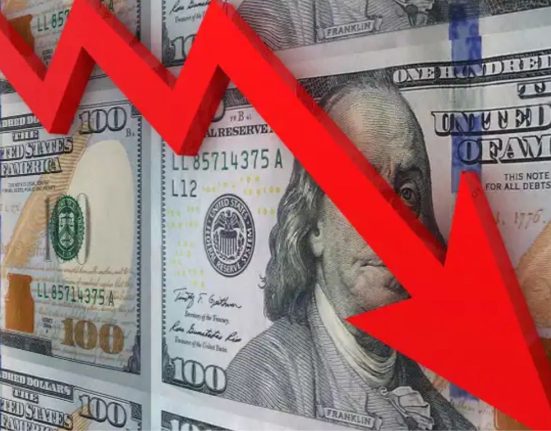Introduction
In the ever-volatile world of currency trading, the AUD/USD pair has recently experienced intense selling pressure, leading to a sharp decline in its value. This article delves into the factors behind this downward spiral, which has brought the pair closer to its year-to-date low. We’ll examine how concerns over China’s economic performance and the Reserve Bank of Australia’s recent decisions have combined to create a challenging environment for the Australian Dollar.
China’s Economic Slowdown
The Australian Dollar (AUD) found itself on shaky ground as a private survey revealed troubling data about China’s services sector. The Caixin/S&P Global Services Purchasing Managers’ Index (PMI) dropped from 54.1 to 51.8 in August, marking its lowest reading since December 2022. This sudden decline in business activity sent shockwaves through financial markets and reignited concerns about the health of the world’s second-largest economy.
Market Impact
The ripple effect of China’s slowing services sector was swift and profound. As the news spread, investors grew increasingly cautious, tempering their appetite for riskier assets. The AUD/USD pair, often considered a barometer for market sentiment, bore the brunt of this cautious approach. The intensified selling pressure saw the pair tumbling down, flirting with the 0.6370 area, which was dangerously close to the year-to-date low it touched back in August.
Reserve Bank of Australia’s Role
Adding to the Australian Dollar’s woes was the Reserve Bank of Australia’s (RBA) recent decision to hold interest rates steady. While this move wasn’t entirely unexpected, it underscored the central bank’s concerns about the domestic economic landscape. The RBA’s decision to maintain the status quo further contributed to the downward momentum of the AUD/USD pair.
China’s Economic Slowdown: A Closer Look
To understand the impact of China’s economic slowdown on the AUD/USD pair, it’s essential to delve deeper into the factors at play. China’s services sector had been a beacon of growth for the economy, but the recent drop in the Caixin/S&P Global Services PMI sent a stark message. It indicated that China’s economic growth was losing steam, potentially affecting its demand for Australian exports.
China is Australia’s largest trading partner, and any sign of economic weakness in the former tends to have a direct bearing on the Australian Dollar. A slowdown in Chinese economic activity can reduce demand for Australian goods, particularly commodities like iron ore and coal, which are critical exports for Australia. As demand wanes, so does the value of the Australian Dollar.
RBA’s On-Hold Decision
The Reserve Bank of Australia’s decision to keep interest rates unchanged was closely watched by the markets. While the decision itself was not surprising, the central bank’s cautious tone and reluctance to signal any imminent rate hikes were telling. The RBA’s decision was influenced by various factors, including the ongoing uncertainty in the global economy, concerns about the Delta variant of COVID-19, and its impact on economic recovery.
The RBA’s decision, coupled with China’s economic slowdown, created a challenging environment for the Australian Dollar. Investors, already wary of riskier assets due to global uncertainties, had little incentive to hold onto the AUD. As a result, the currency experienced a significant drop in value against the US Dollar.
Conclusion
In conclusion, the AUD/USD pair’s recent sharp decline can be attributed to a combination of factors, with China’s economic slowdown and the Reserve Bank of Australia’s on-hold decision taking center stage. China’s services sector, a vital driver of its economy, showed signs of weakening, raising concerns about the demand for Australian exports. Meanwhile, the RBA’s cautious stance added to the downward pressure on the Australian Dollar. As investors navigate these uncertainties, the AUD/USD pair remains a closely watched indicator of market sentiment, reflecting the broader economic landscape.









